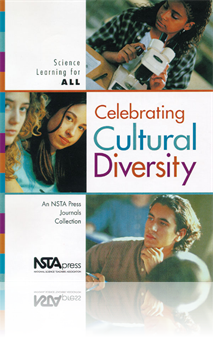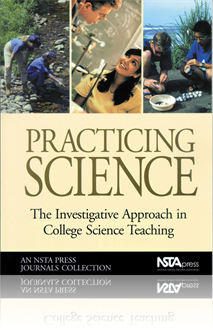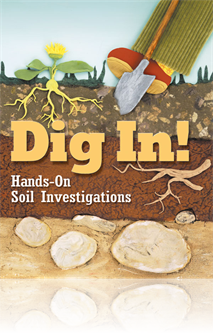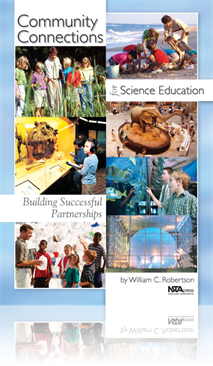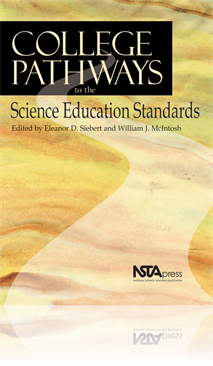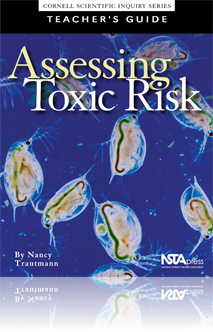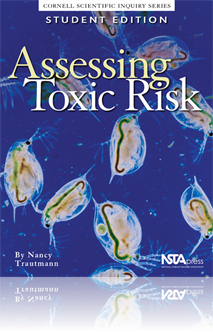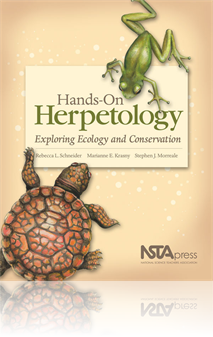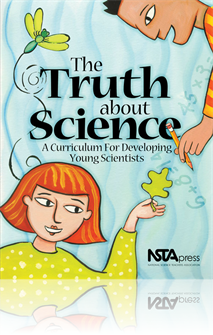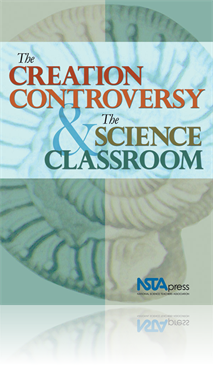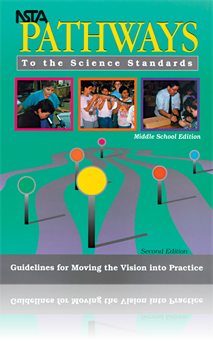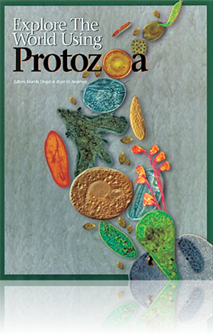All Book Chapters
Book Chapter
Celebrating Cultural Diversity: Science Learning for All—An Introduction
What is a “multicultural” classroom? Classrooms, even if they are filled with non-majority students, are not necessarily multicultural. There are three elements necessary for a truly multicultural science-learning environment: First, the sense th...
Book Chapter
What Should Students Learn About the Nature of Science and How Should We Teach It?
The purpose of this article is to: 1) explicate the central pattern of scientific reasoning, 2) show that the pattern has been applied by scientists to help answer a wide range of scientific questions, and 3) argue that sequencing instruction that ...
Book Chapter
Two natural forces are continuously at work on the landscape—the forces of destruction and the forces of construction. In locations of destruction, the material that is lost through natural events must go somewhere else, and landforms are construct...
Book Chapter
This section introduces students to the animals that depend on soil. In addition to studying the animals students can see, introduce them to Earth's vast invisible life—the billions of microscopic organisms, such as bacteria, protozoa, fungi, and a...
Book Chapter
Soil erosion can be caused by water or wind. Although undetectable at first, the natural process of erosion from water and wind can lead to significant soil losses from agricultural and urbanizing land. In this section, students simulate rain and win...
Book Chapter
Soil is the solid material on Earth’s surface that results from the interaction of weather and biological activities with the underlying geologic formation. Soil is produced from broken down rocks, organic matter (decayed animal and plant life), wa...
Book Chapter
Because you are reading this book, we are going to make the bold assumption that you’re interested in creating, improving, or solidifying a formal-informal partnership in science education. In this chapter, you will discover the opportunities that ...
Book Chapter
The Standards vision guides the discussion in this chapter on science teaching standards for the postsecondary level. The discussion centers on the importance of goal setting, designing experiences to meet students’ needs, assessment, and collegial...
Book Chapter
One of the reasons for studying toxicology at the high school level is its relevance to everyday life. On a daily basis we are confronted with news reports about toxic chemicals in our food, water, and environment. How do we decide which of these are...
Book Chapter
Toxicity indicates how poisonous a substance is to biological organisms. To measure a chemical’s short-term toxicity, scientists carry out something called a “dose/response” study. The word dose refers to the total amount of a substance to whic...
Book Chapter
Before starting any of the activities in this guide, we strongly recommend that you read the information in this section. Here we cover the critically important issues of how to handle amphibians and reptiles, and safety issues concerning these anima...
Book Chapter
Research Questions and Hypotheses
This first section guides students to ask testable questions, and formulate hypotheses and null hypotheses. Students also become familiar with the parts of a science research report. This structure reinforces the concepts of quantitative observations...
Book Chapter
Modern Science and the Book of Genesis
Many religious people, including scientists, hold that God created the universe and the various processes driving physical and biological evolution and that these processes then resulted in the creation of galaxies, our solar system, and life on Eart...
Book Chapter
Before middle grades, a student’s experience with objects, motion, and energy centers on exploring one thing at a time. Understanding energy, distinguishing between different kinds of energy, and learning about the nature of energy and energy tran...
Book Chapter
This section uses protozoa to help students either review already acquired lab skills or learn entirely new ones. As students are led through the investigations in this section, they are encouraged to observe and compare biological processes among th...


